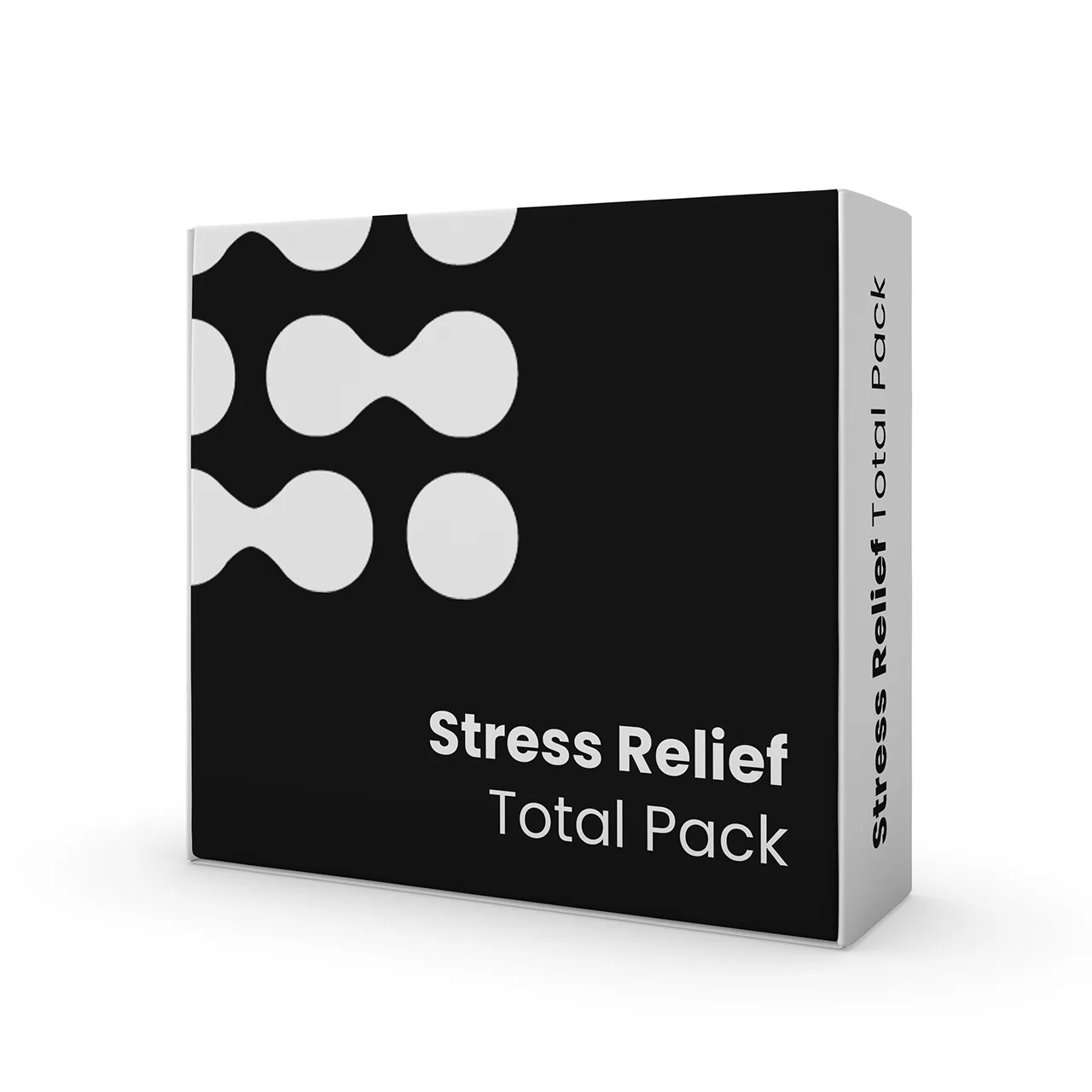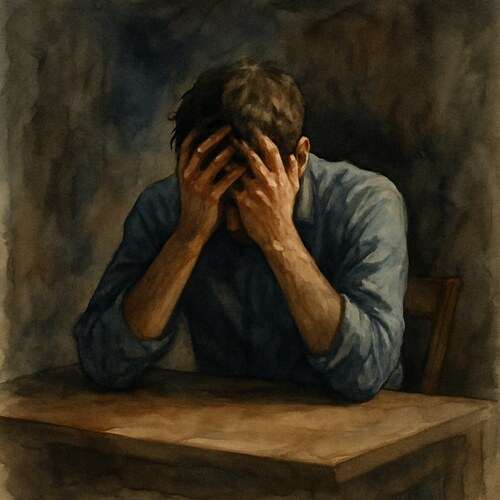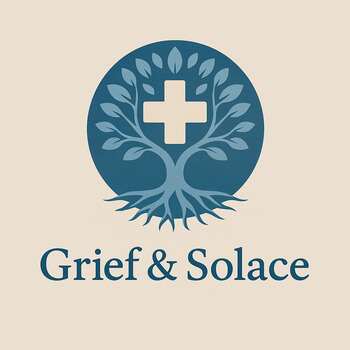Grieving Dissociative Disorders: When the Mind Escapes and the Heart Breaks – Grief & Solace

This post blends real grief with grounded knowledge. It isn’t clinical. It isn’t distant. It’s meant to sit beside you—not above you. The story you’ll read is meant to reflect what so many feel when living through or witnessing this condition: confusion, exhaustion, and quiet forms of courage.
If what you read feels familiar, please speak with your doctor. Your pain deserves more than silence.
Some Days She Forgot Who I Was, Some Days She Forgot Who She Was
I used to keep track of who I was to her and who she was to herself. On good days, I was her sister. On worse days, I took on different roles, a nurse, a neighbor, even a ghost, a stranger standing in her hallway holding her favorite mug. Then there were those unsettling moments when she looked in the mirror and asked, “Is that her? Is that me?”
She hadn’t always been this way… Before the forgetting, before the fragments..she had rhythm, She had routines, She never used to double-check locks or flinch when someone knocked too hard. That all came later. After the silence, After the basement, After the man whose name she never says…but whose shadow still lingers in doorframes; Who made her afraid of anything that didn’t lock. And when you live with that kind of fear long enough… your mind builds walls no one else can see. And then it hides behind them.
Gradually, parts of her began to fade… Little things at first; she would space out while pouring coffee, causing it to overflow. Appointments written down five times would be missed. She’d smile at our mother as if she barely recognized her, quickly recovering, leaving me to question if I had truly seen it. She was slipping away… Not all at once, but enough to make me question my own clarity before hers.
🧠 Symptoms:
- Memory gaps: Missing periods of time, especially around traumatic events
- Depersonalization: Feeling detached from oneself, as if observing from outside
- Derealization: Perceiving the world as unreal or dreamlike
- Identity confusion: Uncertainty about who one is
- Identity alteration: Presence of multiple distinct identities or personalities
- Emotional numbness or lack of affect
- Difficulty concentrating and disrupted sense of time
The moment I realized it wasn’t normal was when she introduced herself to me in our kitchen. “Hi, I’m Claire.” I stayed silent, simply hugging her and whispering, “I’m glad to meet you.” That night, she cried for hours, not knowing why.
Sometimes she was Claire; other times, she morphed into someone else—someone colder, sharper. A version of her that didn’t flinch at slamming doors, who smoked cigarettes she didn’t remember buying. Then, there were moments when she was six years old again, hiding under the table, asking if “Daddy was mad” and whether “the floor was safe yet.”
Therapists labeled it dissociation and fragmentation. They said her mind had created rooms…entire hallways she could walk through and hide in, shutting doors behind her to escape whatever memory was clawing at the surface. It all made sense; true pain doesn’t always scream. Sometimes, it builds a maze.
Complications:
- Depression, anxiety, and post-traumatic stress disorder (PTSD)
- Self-harm or suicidal thoughts
- Substance misuse
- Difficulty in relationships and maintaining employment
- Legal issues due to memory lapses or identity confusion
Causes:
- Severe trauma, particularly during early childhood (e.g., abuse, neglect)
- Chronic stress or exposure to distressing events
- Genetic predisposition and environmental factors
- Neurobiological factors affecting memory and emotion regulation
I used to argue with the different pieces of her, trying to convince the bitter version that I was on her side and attempting to comfort the child without breaking down. I held on to the hope that somewhere beneath it all, my sister still lived.
The worst days weren’t marked by her forgetting me; they were defined by her forgetting herself. When she stared at her own hands as if they were borrowed when she couldn’t recall her age, when she asked me if she was a good person, I was left unsure of who was asking.
She would leave me notes now and then, little scraps in crayon or ink or pencil, taped to mirrors or tucked between the pages of books: “Tell her I’m sorry.” “I’m trying.” “Don’t be afraid of me.”
We eventually discovered how to navigate her fragmented existence. We learned to welcome whoever appeared before us and let love take on a flexible shape. We sat in the quiet moments when the wrong voice spoke back and focused on anchoring her, not with harsh truths but with a sense of safety.
In time, I learned to love her in every form she took, even in the ones that kept me at a distance, and in the ones that struggled to reciprocate that love. Grief imparted a vital lesson: you can’t wait for someone to come back; instead, you must meet them where they are.
Some people don’t break apart all at once; they fade away piece by piece until their very name becomes a question that lingers in the air.
Risk Factors:
- History of abuse: Physical, emotional, or sexual
- Exposure to combat or natural disasters
- Early loss of a parent or caregiver
- Family history of dissociative disorders or other mental health conditions
- Substance abuse
📘 Diagnosis & Treatment
Diagnosis involves:
- Comprehensive psychiatric evaluation: Discussing symptoms, personal history, and trauma
- Physical examination: To rule out medical conditions
- Psychological tests: Assessing memory, identity, and perception
Treatment options:
Psychotherapy:
- Cognitive Behavioral Therapy (CBT): Addressing negative thought patterns
- Dialectical Behavior Therapy (DBT): Managing emotions and behaviors
- Eye Movement Desensitization and Reprocessing (EMDR): Processing traumatic memories
Medication:
- Antidepressants and anti-anxiety medications: To manage associated symptoms
- Creative therapies:
- Art therapy and music therapy: Facilitating expression and healing
- Hypnotherapy: Accessing repressed memories and integrating identities
I know this is heavy, and I understand that the road ahead may feel like a tangle of loss and unanswered questions. But please hear this: you are not broken because you are hurting; you are not weak because you are afraid. You are living through something real, and survival itself is a kind of grace. You are allowed to struggle, you are allowed to hope, and you are allowed to not have all the answers today. Whatever comes next, you do not face it empty-handed; you carry every moment of love that shaped you, and that will always be enough to keep going.
🎀 Gifts to help With Dissociative Disorders
🏥 Everyday Comforts for Everyday Battles
Managing Dissociative Disorders often means needing a little extra help.
Sometimes it’s about restoring dignity, ease, or simply getting through the day with less pain.
These carefully chosen tools aren’t just items; they’re small bridges back to living.
This section is about finding practical support, never shame.
Weighted Grounding Blanket – Come Back to the Body When the Mind Drifts Too Far
When dissociation hits, reality feels slippery, sounds distort, limbs feel foreign, time fractures. This weighted blanket uses deep pressure stimulation to help anchor the nervous system and create a sense of physical safety. It’s not therapy. But it’s a tactile lifeline when the world gets too loud, too soft, or too far away.
🌿 Paths to Healing Beyond the Map
Sometimes traditional medicine isn’t enough.
If you’re exploring gentle, alternative options to help with Dissociative Disorders,
you might find comfort in plant-based compounds like **CBD or CBG**.
*This section is not medical advice, just a door left open.*
USA Medical Stress Relief Total Pack – Quiet Help for the Inner Escape Artist
Dissociation isn’t laziness. It’s how the brain builds distance from pain. This Total Pack blends CBD with calming herbs and stress-adaptive support to gently reduce internal tension and help reconnect to the present moment. No sedation. Just softness. For those trying to return to their bodies without panic.
Need a Different Path Forward?
Every journey through grief looks different. Choose the next step that speaks to where you are now:
When You're Ready to Start Healing
Healing doesn’t mean forgetting.
It means finding small ways to carry your grief with strength and grace.
These are the stories, tools, and gentle steps to begin walking forward…at your own pace.
When You're Still in the Thick of It
Sometimes healing feels like a lie.
If you’re not ready to move on…if the pain still roars louder than the world wants to hear…this is the place where you’re allowed to feel it.
No sugarcoating. No pretending. Just truth.
When You're Holding on to Who’s Still Here
Grief reminds us to love louder.
If someone you love is still with you, this is your place to celebrate them, honor them, and create new memories while there’s still time.
Joy and sorrow can live side by side.






